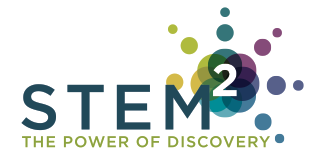You are here
Why We Need To Value Students’ Spatial Creativity
At 16, Albert Einstein wrote his first scientific paper titled “The Investigation of the State of Aether in Magnetic Fields.” This was the result of his famous gedanken experiment in which he visually imagined chasing after a light beam. The insights he gained from this thought experiment led to the development of his theory of special relativity.
At 5, Nikola Tesla informed his father that he would harness the power of water. What resulted was his creation of a water-powered egg beater. Tesla, who invented the basis of alternating current (AC) power systems, had the unusual talent to imagine his inventions entirely in his mind before building them. He was apparently able to visualize and operate an entire engine in his mind, testing each part to see which one would break first.
Thomas Edison—famous for developing the light bulb and more than 1,000 patents—was fascinated with mechanical objects at an early age. He once said: “To invent, you need a good imagination and a pile of junk.” He wasn’t joking. In his lab he wanted to have on hand “a stock of almost every conceivable material.” According to an 1887 news article, his lab was stocked with chemicals, screws, needles, cords, wires, hair, silk, cocoons, hoofs, shark’s teeth, deer horns, cork, resin, varnish and oil, ostrich feathers, amber, rubber, ores, minerals, and numerous other things.

